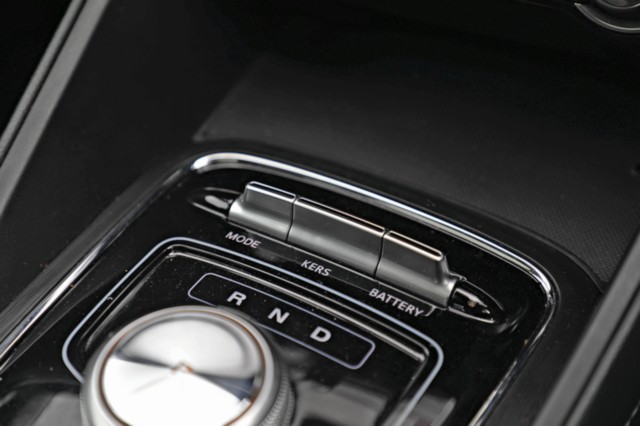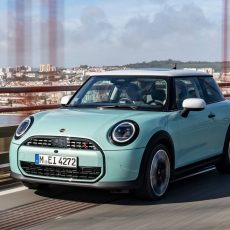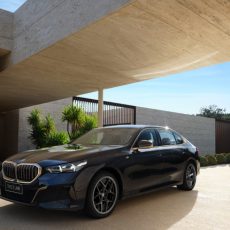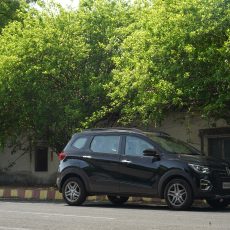The MG ZS EV came by to spend some time with us. And, after one 18-hour charge, it was good to go for the whole week. From the car’s perspective, it’s 0 mg/km of carbon dioxide…

Story: Jim Gorde
Photography: Apurva Ambep
Don’t take into account the emission from coal-fired thermal power generation, the residue from the brakes, tyre wear, emissions from the metal-stamping and paint factory, and the collective emissions from the sourcing and manufacturing of components and ancillaries and, yes, it’s a “zero-emission vehicle”. The up-side to the car, though, the feel-good factor from having no tail pipe, let alone tail-pipe emissions, means a smile, even a figurative halo, for the driver. But I must be practical and look at the immediate scenario with blinkers on, right?

There’s no sound. There’s no smoke. There’s no sign the car is even on. It’s the lit console with a flurry of dials and info that gives away its position. It’s a spacious thing, the ZS. It’s a proper compact SUV that has combustion-engine siblings overseas — expected here, too — and was remade with an electric soul: battery pack, front e-motor, energy regeneration, and a lot of wiring to make ends meet. It feels like any other car and drives even better because the response is both potent and instant. The 44.5-kWh battery pack powers the 105-kW electric motor, good for 143 hp and 353 Nm. Those are significant numbers for a compact SUV for the family, whichever way anyone looks at it. Factor in the weight of 1,539 kilograms — pretty good for the size of the bat-pack — and it’s a power-to-weight ratio of about 93 hp/tonne. However, the 229 Nm/tonne is the more significant figure. The performance test saw the ZS EV go from standstill to 100 km/h in just over eight seconds. It will do the quarter-mile in 16-odd seconds, rocketing off the line with torque overcoming traction briefly when the pedal meets the floor. There are sports cars that can’t manage that sort of acceleration, pushing occupants into the seat-back like this one did.
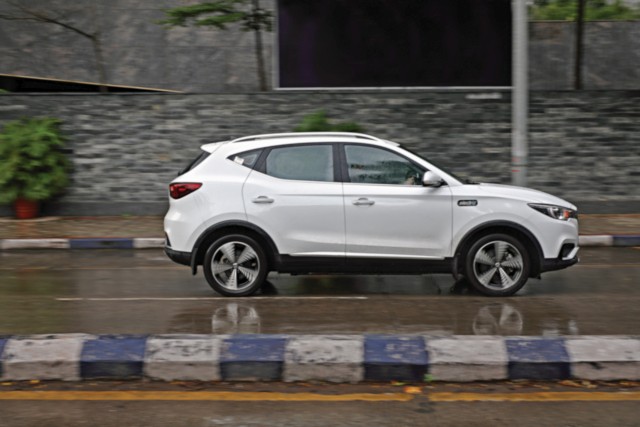
Put all the debate about what pollutes more and the MG ZS EV is a likeable car. It’s quiet, refined, and goes about its job well. The large eight-inch centre HD touchscreen with the user profile and customized welcome message makes the experience interesting. The seats are rather large and accommodating, making it easier to get to grips with the car. Having it for the entire weekend gave me the time and flexibility to learn more about how it goes about its business.
The 4.3-metre-long ZS EV makes for an ideal everyday car, being a compact SUV. Its reasonably high ground clearance means it is not as stressful to drive over a mix of paved roads and terrible surfaces. The suspension feels a little stiff, but the ride is good, with minimal cabin noise, unless it faces a sudden pothole. The 215/50 R17 tyres offer a good combination of absorption and firmness when either is needed, depending on the type of road surface — although higher-profile tyres would have been even better.

One of the key features, apart from the internet-connected suite of functions, is the choice of drive modes. These modes — a normal mode, “Eco”, and “Sport” — make for a dramatically different feel. There are also three kinetic energy recovery system (KERS) modes — each providing a feel much like engine braking when I lift off the pedal. In “Eco” mode, the car is in its maximum energy-saving profile. The acceleration is less urgent and the KERS is most potent. Having gone through the performance test, the ZS was showing me a range of 229 km. Flick the switch for “Sport” and, one prod later, the available range immediately dropped to 178 km. The system predicts the range real-time based on driving style. About two kilometres later, I switched back to “Eco” at a traffic light. This is the best part of an EV in the real world: no idle emission. As I set off about half a minute later, the range was back to 226 km; reliably accurate, the read-out.
